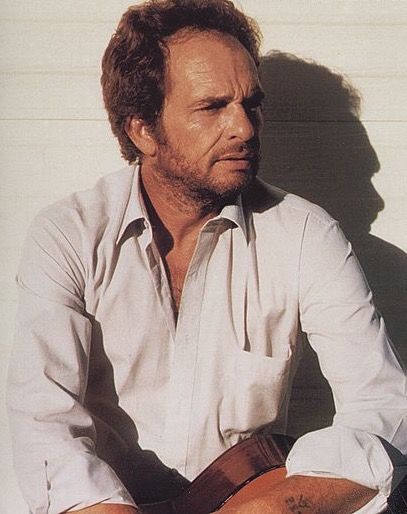Song Information
-
Title: Sing Me Back Home
-
Artist: Merle Haggard and The Strangers
-
Writer: Merle Haggard
-
Album: Sing Me Back Home
-
Released: November 1967
-
Label: Capitol Records
-
Genre: Country
-
Producer: Ken Nelson
-
Chart Performance: No. 1 on Billboard Hot Country Singles (1968)
Merle Haggard wrote Sing Me Back Home based on his time in San Quentin prison, making it one of the most haunting and heartfelt songs in country music history. The track was released as a single in late 1967 and later included in the album of the same name. It became his third No. 1 hit on the country charts and remains one of his most critically acclaimed compositions.
Song Meaning and Narrative
Sing Me Back Home tells the story of an inmate on death row who asks a fellow prisoner to sing a familiar song one last time before he is executed. The lyrics are simple, but the emotion is profound. Through sparse and tender imagery, Merle Haggard invites the listener into the quiet, solemn walk of a condemned man — not through the lens of judgment, but with compassion and sorrow.

The narrator describes how the prison gates clang open, guards escort the prisoner, and he hears the echoes of the choir—yet what he longs for isn’t a sermon or a prayer, but a piece of home. He wants to be taken back, even if only in memory, to a time when life was still warm, innocent, and filled with love. That moment of music becomes his final comfort before facing the ultimate fate.
What makes the song so powerful is its humanity. It’s not a protest, nor a political statement—it’s a quiet tribute to lost souls and the healing power of music, even in life’s darkest hour.
Deeper Meaning: Who Was the Prisoner?
Many have wondered if the condemned man in Sing Me Back Home was real. The answer is yes—Merle Haggard drew inspiration from his own experience behind bars at San Quentin. He had served time there for burglary in the late 1950s and witnessed the executions of fellow inmates.
In particular, Haggard was deeply moved by the case of Jimmy “Rabbit” Kendrick, a former friend and cellmate who was sentenced to death. Kendrick had tried to escape prison and ended up involved in a murder. According to Haggard, the image of Rabbit being led down the hallway toward the gas chamber stayed with him for years.
Instead of sensationalizing the moment, Merle focused on its emotional truth. What does a man think about in his final hour? What would bring him peace? In Haggard’s song, it’s not revenge or regret—it’s music. It’s a simple country song that reminds him of home.
By sharing this story, Merle Haggard transformed one man’s tragic ending into a universal meditation on grace, memory, and the quiet power of a familiar melody. Sing Me Back Home became more than a song—it became a prayer for the forgotten.